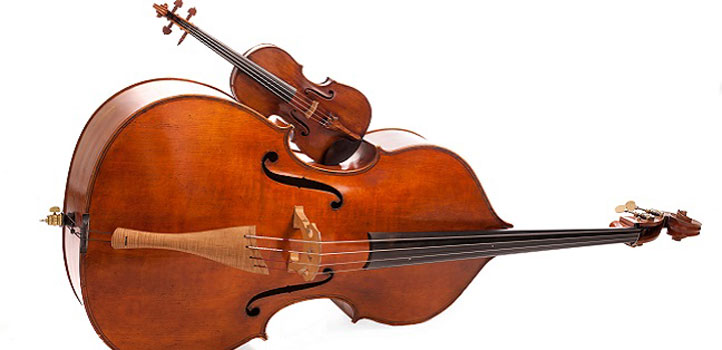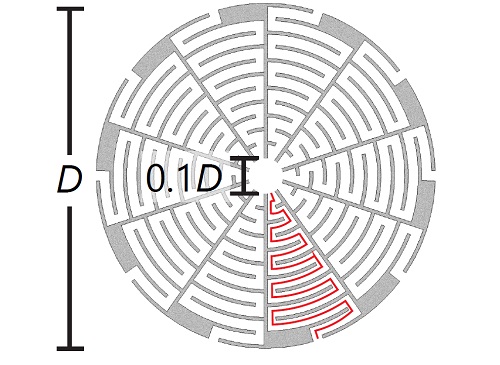Applied Mathematics and Computational Sciences
Tiny speakers break a barrier for sound
A loudspeaker design could allow small devices to produce powerful low-frequency sounds.


Speakers are like musical instruments, with the largest instruments giving the lowest notes. Now, a new miniaturized device can emit deep, powerful sounds using subwavelength technology.
© aldegonde le compte / Alamy Stock Photo
In any orchestra, the lowest notes are made by the largest instruments; for example, in the string family, the double bass resonates much lower notes than the violin because it is four to five times larger. The same is true for loudspeakers. Large speakers, known as woofers, are required to produce clear bass notes while small speakers, like those in mobile phones, produce high tinny noises that don’t do justice to recorded music.
Jiajun Zhao and Ying Wu from KAUST, with coworker Likun Zhang at the University of Mississippi, have proposed a new miniaturized device that can emit deep, powerful sounds using so-called subwavelength technology.
“A traditional audio setup combines small loudspeakers for high frequencies and large woofers for low frequencies, which is bulky and clumsy,” says Zhao. “We use structural resonances to build a miniaturized loudspeaker system that works as well as traditional ones.”

Schematic of the enclosure designed to change the environment around a sound source. The enclosure greatly enhances the power of low-frequency sounds.
© 2017 KAUST
The structural resonances proposed by the researchers involve putting a sound source in a ring-shaped enclosure made from high-density brass with coiled air-filled channels. The air channels reduce the overall speed of the sound, which enhances low-frequency sounds and suppresses higher sounds.
“Through the resonance of the air inside the channels, a lot more of the electric power of the source is converted to sound power than would otherwise be the case,” explains Wu.
Computer simulations of this design showed that the enclosure not only enhanced low sounds but also emitted powerful sound in all directions around it. This overcomes another limitation of traditional loudspeakers, which tend to emit sound in only one direction.
The next step was for Zhao and coworkers to build and test a real version of their enclosure design. “When a cell phone source is enclosed by the structure, more than 200 times the sound power is emitted than when the structure isn’t there,” says Zhao. “We are happy to see that our design doesn’t just work on paper but also in reality.”
Now finished his postdoctorate at KAUST, Zhao will soon move to work in the energy industry in Houston, but he is very grateful for his time at the university.
“Being at KAUST is a unique experience,” he says. “I learned a lot from my supervisor Dr. Wu, who provided valuable advice not only on my research but also my career development. Furthermore, the experts that are invited each year to KAUST to give seminars helped me to establish wide connections within the research community of my interest.”
References
-
Zhao, J., Zhang, L. & Wu, Y. Enhancing monochromatic multipole emission by a subwavelength enclosure of degenerate Mie resonances. The Journal of the Acoustical Society of America 142, EL24(2017).| article
You might also like

Applied Mathematics and Computational Sciences
Realistic scenario planning for solar power

Applied Mathematics and Computational Sciences
Bringing an old proof to modern problems

Applied Mathematics and Computational Sciences
Accounting for extreme weather to boost energy system reliability

Applied Mathematics and Computational Sciences
Past and future drought patterns across the Arabian Peninsula

Applied Mathematics and Computational Sciences
New pattern for underwater resonators

Applied Mathematics and Computational Sciences
Finer forecasting to improve public health planning

Applied Mathematics and Computational Sciences
Global look at sex differences in young people's mortality

Applied Mathematics and Computational Sciences



